Estimated reading time: 5 minutes
In spring, the flowering fruit trees look absolutely gorgeous and healthy.
At our place in central Victoria, many of the apricots, peaches, nectarines, and plums are already in flower by mid-August. They always show their flowers first, and the leaves come after.
Related Articles
How much fruit will your tree produce?
Working out how much fruit a mature fruit tree can grow will help you plan how many trees you need in your garden to meet your family’s needs.
Taming monster fruit trees with renovation pruning
Learn how to use a technique called renovation pruning to tame large, unpruned, and out-of-control monster fruit trees.
What broke my fruit tree?
Broken fruit trees can be caused by animals eating them, or accidental damage. Identifying the animal is the first step to prevention.
Meanwhile, the pears, quinces, and apple trees will soon start to show what we call ‘green tip’. This means the tiny green leaves start to show. Flowers will soon follow.
It’s a beautiful time of year, and it’s also the most important part of your fruit tree’s cycle. This is when the fruit for the coming season is created.
But if you have a fruit tree in your garden that consistently fails to have fruit, the answer to your problem could be about to reveal itself.
Monitoring fruit trees in flower
Depending on where you live and what fruit trees you have, you’ll probably notice that some trees are in full bloom, some haven’t started flowering at all, and others have now got tiny fruit.
This is because different types and varieties of fruit all flower at different times. It’s one of the most exciting (and slightly scary) times of the year.
At our place, the early apricot varieties (our early ones are called Earlicot, Poppicot, and Katy) finish flowering first. As the blossom period comes to an end, they usually look something like this.

This stage of flowering is called shuck-fall. The petals have fallen off, then the last bit of the flower (the shuck) dries up and falls off, revealing….

…a baby piece of fruit!
It’s the same process for all deciduous fruit. It’s always a very exciting transition from blossom to the beginning of the fruit season.
Looking out for signs of diseased flowers
It’s also a good time to start diagnosing some of the common diseases. For example, Blossom blight is common in apricots, but may also be seen in peaches and nectarines.
Healthy flowers look like this when the petals are falling off:

Diseased flowers however will shrivel up, and the petals go brown and clump together. You can see it in the middle bunch of flowers in the photo at the top of this blog, and these flowers below.
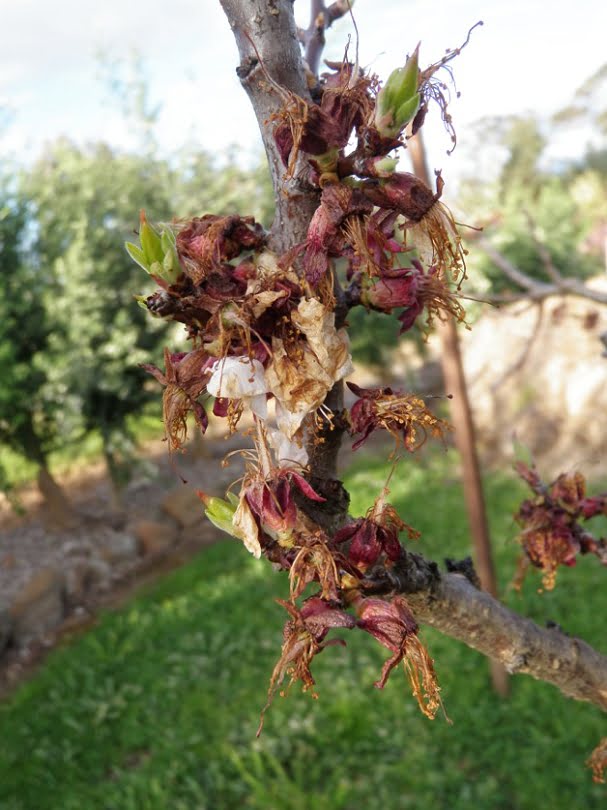
It can be really hard to tell the difference. Don’t worry, you’ll soon know for sure when you discover whether you get any fruit!
The photo below shows another disease symptom you might see. First, the flowers have completely died back, but then the twig has died back as well.
The tree will usually prevent the disease from traveling back any further into the tree. It does this by producing a blob of gum to isolate the diseased patch. This is one of the causes of the condition called ‘gummosis’.
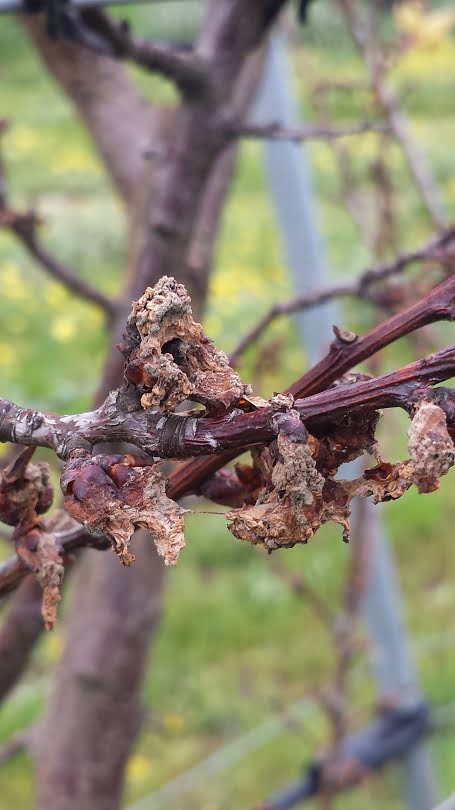
You may also notice some yellow leaves in your trees. They’re more likely to be caused by other things, which we discuss at length in this post.
How to promote healthy flowers in your fruit trees
There are four keys to blossom blight prevention. The first one is to keep your fruit trees as healthy and clean as possible.
For example, it’s a good idea to prune these diseased patches out of your fruit trees when you see them. You can either do this when you’re doing your fruit thinning or as part of your annual pruning. Aim to remove as much dead wood as possible without sacrificing too much healthy wood.
The second key activity is to use organic fungicides. It’s really important to use the right ones, and at the right time, for maximum safety and best results.
The third key is to encourage as much biodiversity as possible in your garden, to reduce the risk of fungal disease of any sort.
Lastly, help your fruit trees to dry as quickly as possible after rain. Windy spots in your garden should be reserved for the most fungally-vulnerable trees (yes apricot tree, we’re looking at you!). Removing wind barriers and pruning to keep the tree nice and open can also help.
Apricots are one of the hardest stone fruits to grow successfully, not just because of diseases like Blossom blight and the many other fungal diseases they are prone to, but also because they flower early and so are very susceptible to early frosts.
But it’s definitely worth learning how to grow a healthy crop because nothing beats the flavour of a ripe apricot straight off the tree.
Related Articles
How much fruit will your tree produce?
Working out how much fruit a mature fruit tree can grow will help you plan how many trees you need in your garden to meet your family’s needs.
Taming monster fruit trees with renovation pruning
Learn how to use a technique called renovation pruning to tame large, unpruned, and out-of-control monster fruit trees.
What broke my fruit tree?
Broken fruit trees can be caused by animals eating them, or accidental damage. Identifying the animal is the first step to prevention.

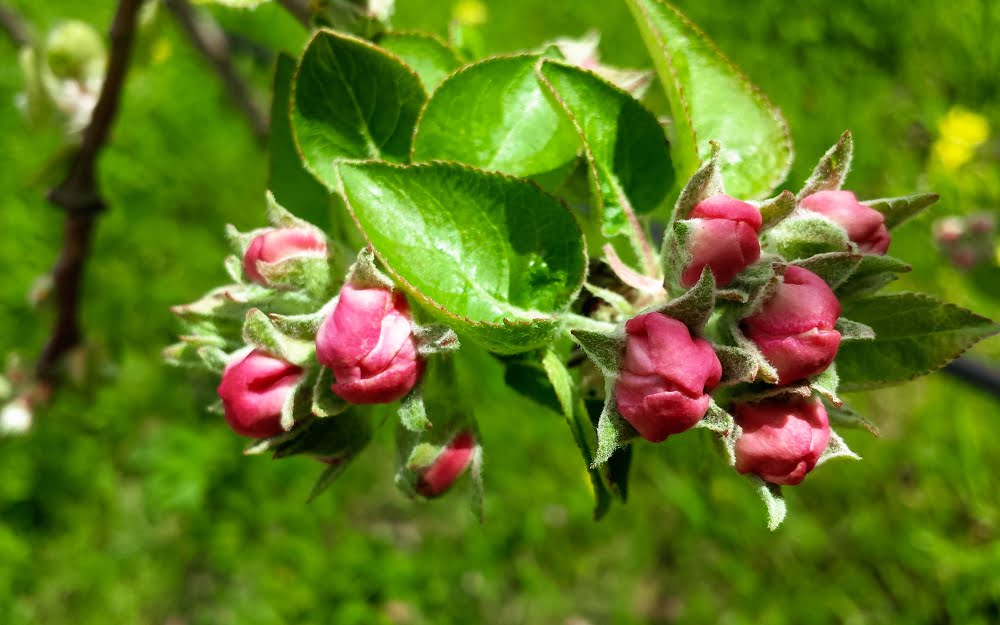
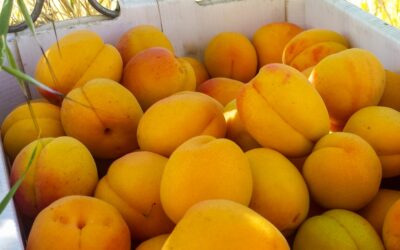
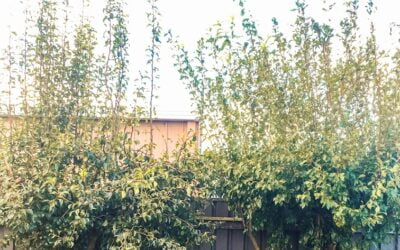



Sorry I am just new, what is the treatment for blossum blight?
Hey Deborah, welcome to the program! Probably best thing would be for you to log in to the Members Home Page, and head to the “What’s That Spot?” ebook, which has a whole section on Blossom Blight! While you’re there, why don’t you register for this month’s Members Q&A session, and you can bring any extra questions there. Talk soon!